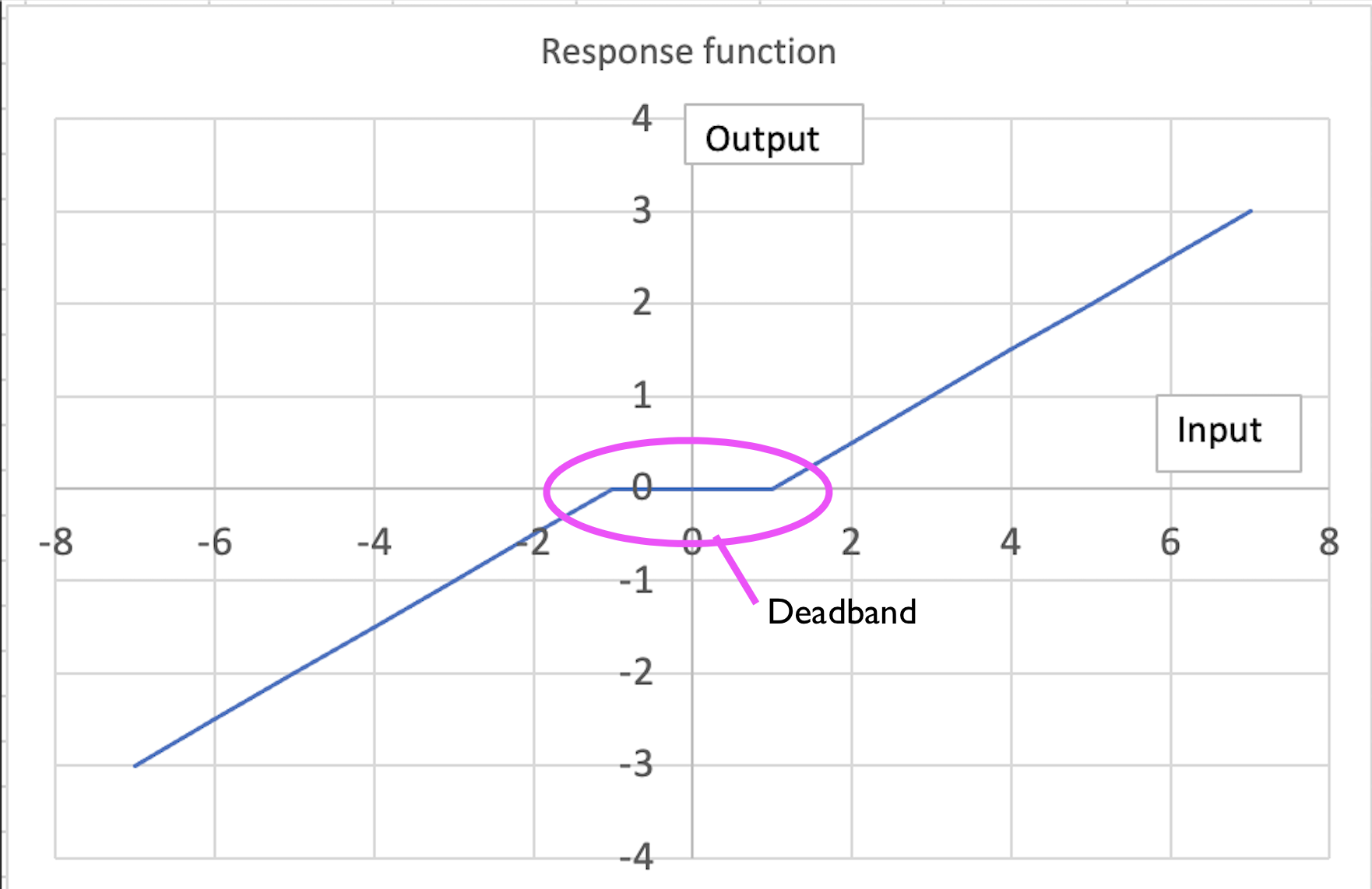During takeoff, the Boeing 737 encounters a distinctive "dead band" phenomenon after the initial pitch reaches approximately 10 degrees. Essentially, a slight increase in back pressure is necessary around 4-5 seconds into the takeoff procedure or when reaching the 10 degrees pitch to sustain the rotation rate.
While this heightened back pressure demand within the “dead band” is quite noticeable during initial training on the 737, it progressively becomes ingrained and intuitive through experience, etching itself into muscle memory.
Rotate at a rate of 2.0 to 2.5 degrees per second. Beware of a “dead band” around 10 degrees, and maintain a constant rate of rotation towards 15 degrees nose up to a pitch limit of 20 degrees.
Boeing Flight Crew Operations Manual (FCOM) - Takeoff Procedure
Although the Flight Crew Operations Manual (FCOM) addresses the "dead band" effect during the takeoff procedure, as far as I am aware, it is not mentioned or discussed in the Flight Crew Training Manual (FCTM) or the Airplane Flight Manual (AFM).
Based on my understanding, this "dead band" effect during takeoff is attributed to the combination of downwash off the wings and ground effect phenomena, resulting in diminished elevator effectiveness. Is this explanation accurate?
Furthermore, does this dead band phenomenon occur to the same extent in other Boeing aircraft or similar narrow or wide-body commercial aircraft?


